Are you interested in experiencing history firsthand? These are the best open air museums in Lower Saxony:
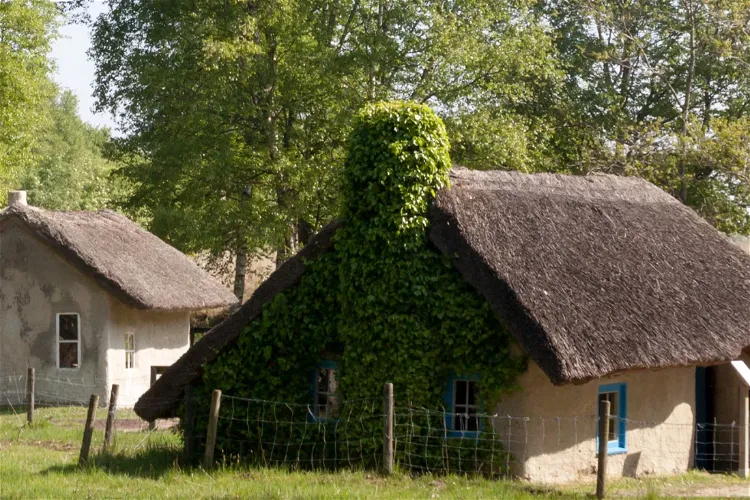
Moormuseum Moordorf
MoordorfThe Moormuseum Moordorf is an open-air museum located in Moordorf, a district of the municipality of Südbrookmerland. This East Frisian museum offers a unique insight into the history and culture of the region, making it a fascinating destination for tourists interested in history and culture.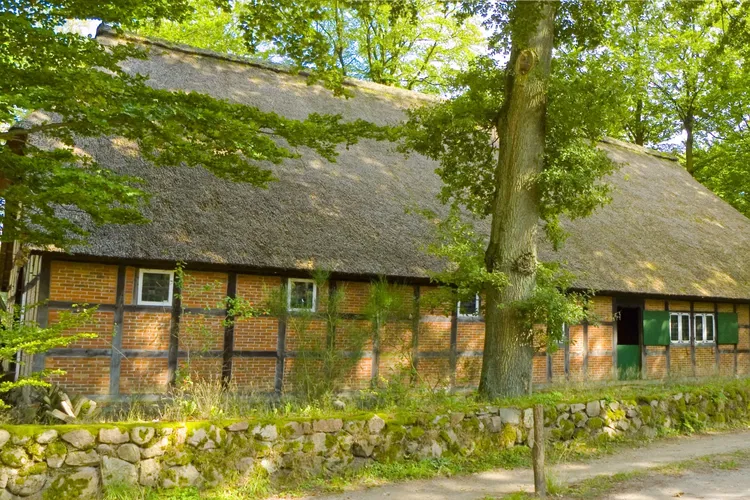
Dat ole Huus
WilsedeHeidemuseum Dat ole Huus, located in Wilsede, Lower Saxony, is a local history museum that was established in 1907. This makes it one of the oldest open-air museums in Germany, offering a unique insight into the country's past. The museum is operated by the Naturschutzpark e. V. (VNP) and its foundation, the Naturschutzpark Lüneburger Heide.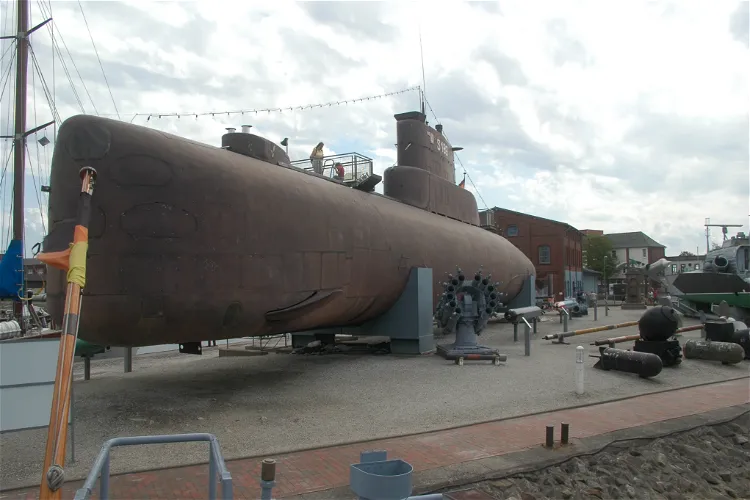
Deutsches Marinemuseum Wilhelmshaven
WilhelmshavenThe Deutsches Marinemuseum in Wilhelmshaven is a significant institution that presents the evolution of German naval military since 1848. The museum's primary focus is on the Bundesmarine / German Navy, providing visitors with a comprehensive understanding of Germany's maritime history and the role of its navy over the years.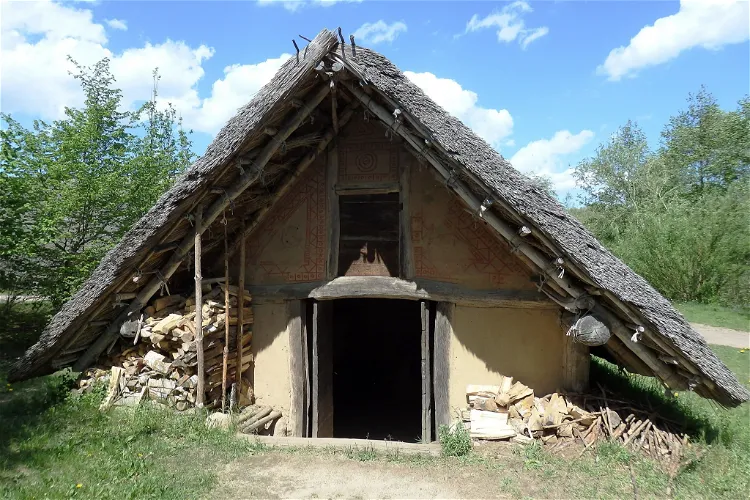
Hitzacker Archaeological Centre
HitzackerThe Hitzacker Archaeological Centre is an open-air museum located in Hitzacker, Lower Saxony. The museum's main focus is on the representation of Bronze Age settlement methods. This provides a unique opportunity for visitors to gain insights into the living conditions and lifestyle of people during the Bronze Age.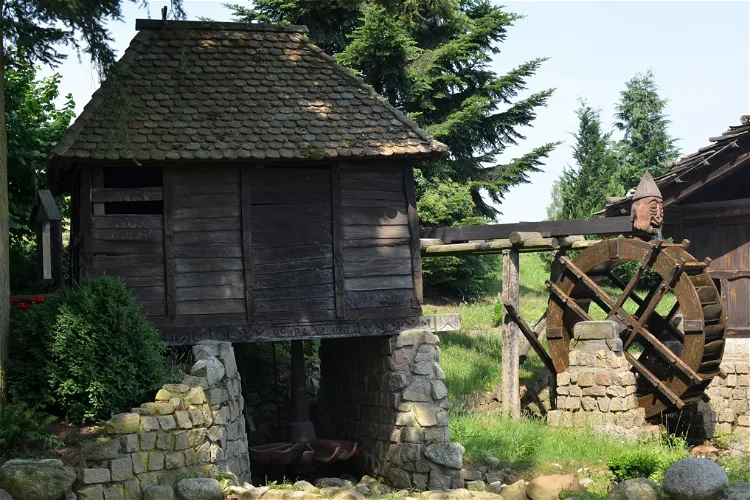
International Museum Gifhorn
GifhornThe International Windmill and Watermill Museum in Gifhorn, Lower Saxony, Germany is an open-air museum that offers a unique experience for visitors. It houses 15 buildings, either original or exact replicas of mills from 12 different countries. Each mill's surroundings are designed to reflect the topography typical of its country of origin. This provides a unique opportunity for visitors to experience a variety of cultures and historical periods in one location.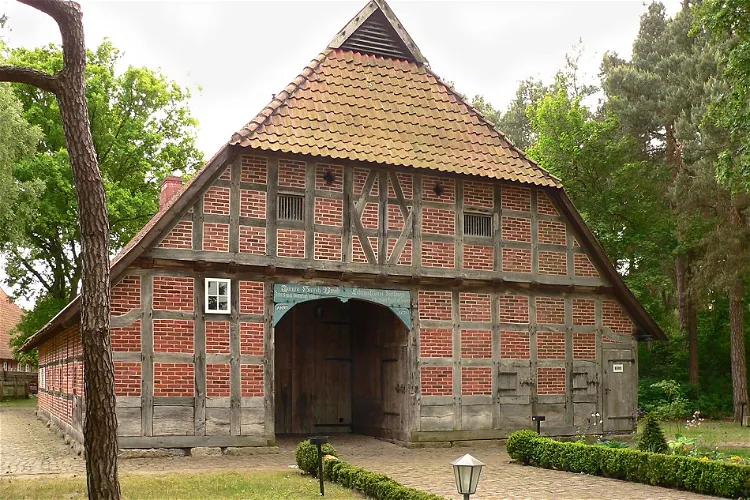
Winsen Museum Farm
Winsen (Aller)The Winsen Museum Farm, located in Winsen (Aller) in the north German state of Lower Saxony, is an open-air museum that was established in 1982. It offers a unique opportunity to explore the history and culture of the region, with a variety of buildings and exhibits that reflect the area's rural past.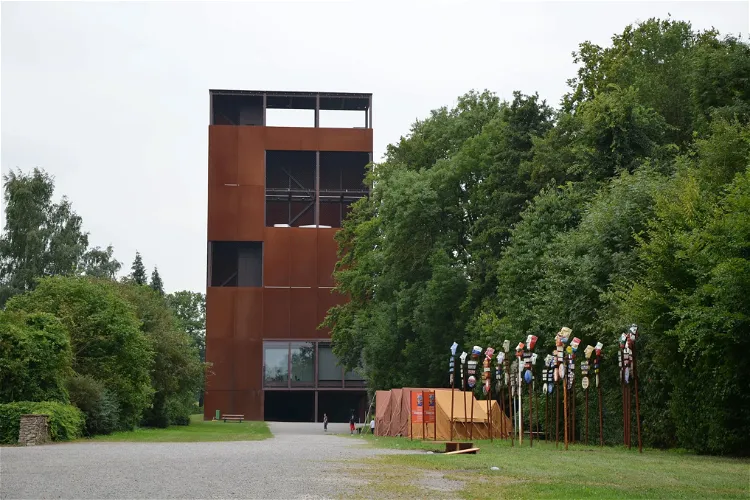
Varusschlacht im Osnabrücker Land - Museum und Park Kalkriese
BramscheMuseum und Park Kalkriese is an archaeological museum located in the Bramsche district of Kalkriese in the Osnabrück region. It features an attached open-air museum, providing visitors with a unique opportunity to explore the history and archaeology of the area.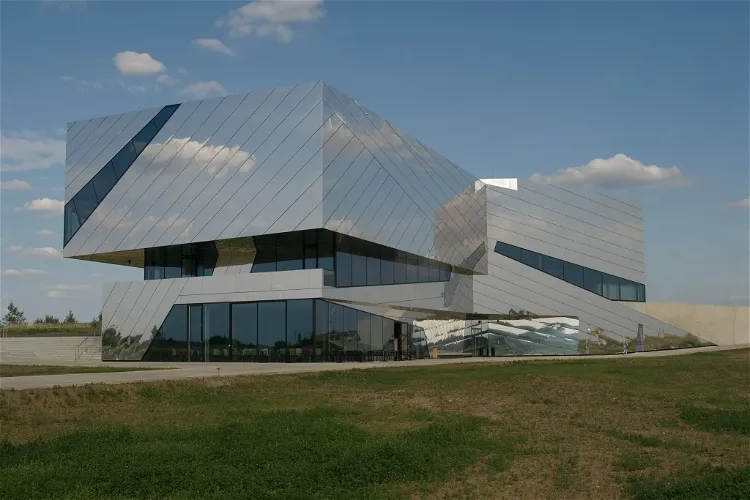
Paläon Research and Experience Center
SchöningenThe Schöningen Research Museum, located in the Helmstedt district, is a visitor center and museum that primarily focuses on the exhibition of the Schöningen Spears. These spears are significant as they provide a glimpse into life and environmental conditions around 300,000 years ago. The museum is situated near the discovery site of the spears in the former Schöningen brown coal open-cast mine, adding to the authenticity of the experience.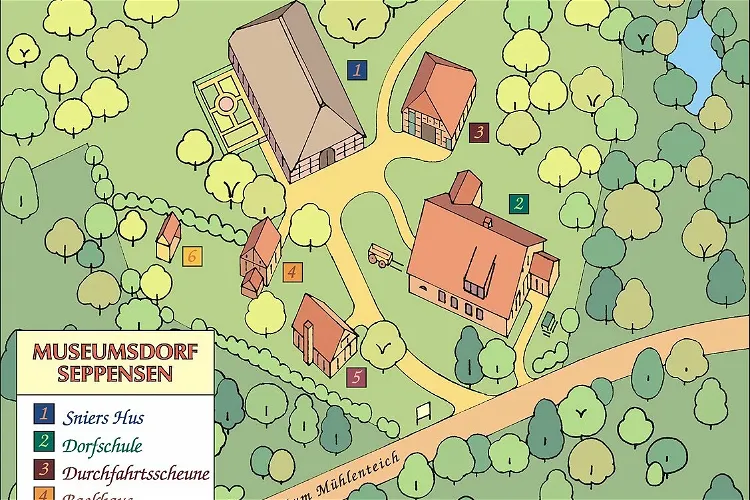
Museumsdorf Seppensen
Buchholz in der NordheideThe Museumsdorf Seppensen is an open-air museum located in Buchholz - Seppensen. The museum features a central village square surrounded by four half-timbered houses, a brick house, and a bee stand. This setup provides a unique insight into the historical architecture and lifestyle of the region.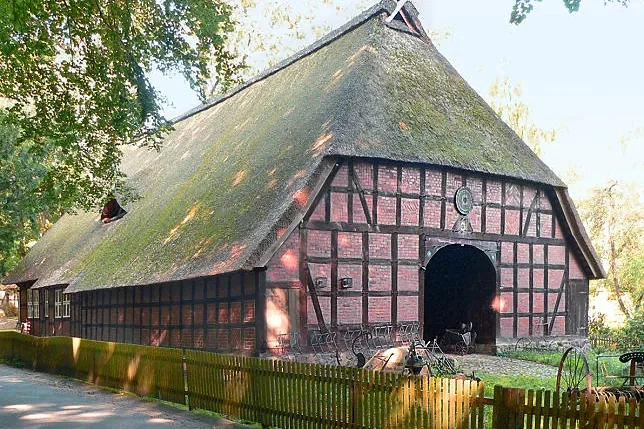
Rischmannshof Heath Museum
WalsrodeThe Rischmannshof Heath Museum, located in Walsrode, Germany, is an open-air museum that was inaugurated in 1912. It is one of the first open-air museums in the country, offering a unique insight into the rural life and history of the region.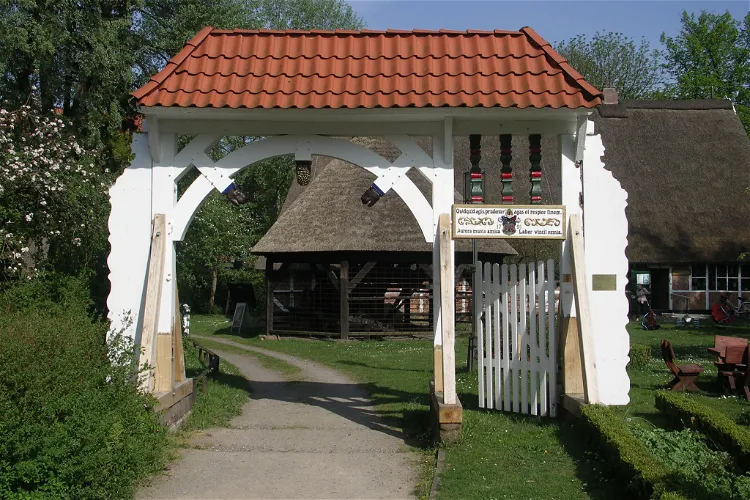
Freilichtmuseum
StadeThe Freilichtmuseum in Stade is a significant historical site, being one of the oldest open-air museums in Germany. It is located on an island on the Bleicher-Ravelin, a structure that was built in 1692. This unique location adds to the charm and historical significance of the museum, making it a fascinating destination for tourists interested in history and culture.
Nordhorn Zoo
NordhornTierpark Nordhorn, also known as Dierentuin Nordhorn, is a zoo that was established in 1950. It is located in the German town of Nordhorn, which is situated near the Dutch border. This makes it a convenient destination for tourists from both countries. The zoo is home to approximately 2,060 animals from over 100 species, making it a diverse and interesting place to visit for animal lovers.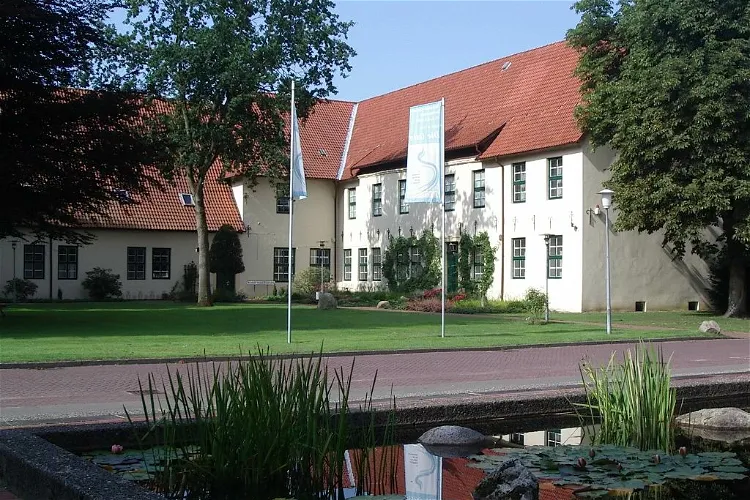
Bachmann-Museum Bremervörde
BremervördeThe Bachmann-Museum in Bremervörde is a unique institution that combines regional history and natural history. It is the largest museum in the Rotenburg (Wümme) district, making it a significant cultural and educational hub in the region. Visitors can expect to explore a wide range of exhibits that delve into the rich history and natural wonders of the area.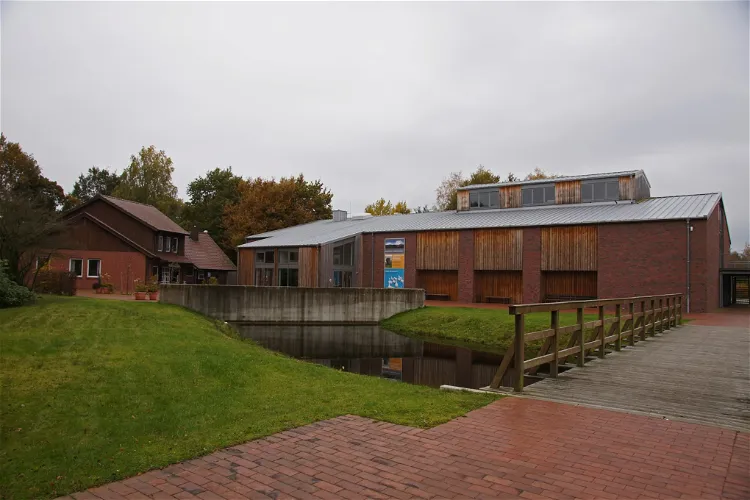
Emsland Moormuseum
Heseper TorfwerkThe Emsland Moormuseum, located in Gro Hesepe, Geeste municipality in the Lower Saxony district of Emsland, is recognized as the largest moor museum in Europe. It offers a comprehensive insight into the history and significance of moors in the region, making it a unique destination for those interested in natural history and environmental conservation.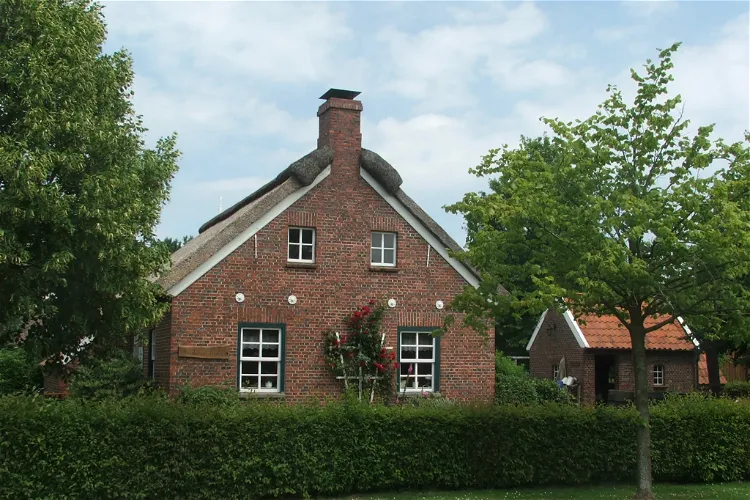
Peat and Settlement Museum
WiesmoorThe Peat and Settlement Museum is composed of several original, reconstructed buildings. These include a historical village school, a forge, and a settler's house that reflects the time around 1900. The reconstruction of this settler's house in 1988 marked the founding of the museum. These buildings provide a tangible connection to the past, allowing visitors to step back in time and experience the living conditions of the early settlers.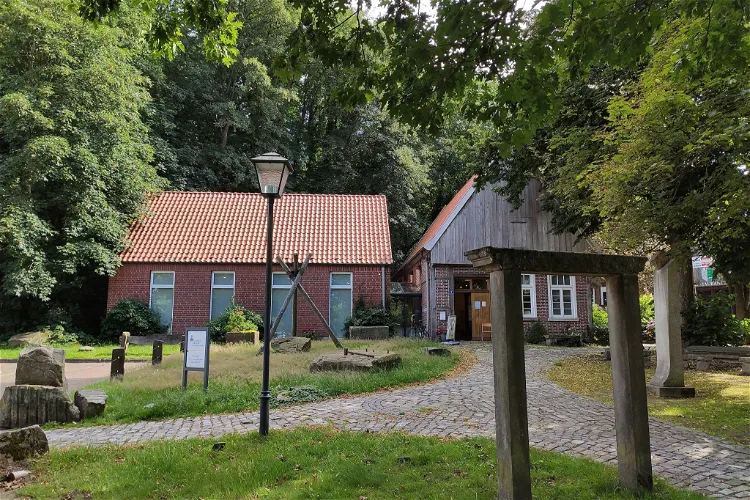
Sandsteinmuseum
Bad BentheimThe Sandsteinmuseum Bad Bentheim, opened in the summer of 1999, is situated in a historic anchor beam house with a modern extension. This unique location is nestled in the castle park below the Bentheim Castle in Bad Bentheim, Lower Saxony. The museum's location offers visitors a chance to explore the rich history of the area while enjoying the beautiful surroundings.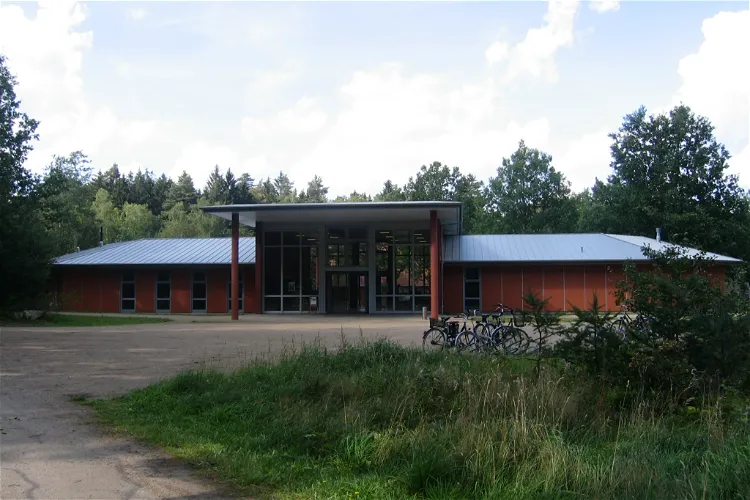
Hösseringen Museum Village
HösseringenThe Hösseringen Museum Village, located in Suderburger, Lower Saxony, is a unique destination that showcases significant types of the Lower German hall house. Spread over a vast area of 130,000 m², the museum offers visitors a chance to explore and understand the architectural styles and historical significance of these structures.
Freilichtmuseum Kiekeberg
EhestorfThe Freilichtmuseum am Kiekeberg is an open-air museum situated between the districts of Ehestorf and Vahrendorf in the municipality of Rosengarten in the Harburg district. This location makes it easily accessible for tourists visiting the area. The museum is surrounded by the beautiful landscape of the Harburger Berge, providing a picturesque setting for a day out.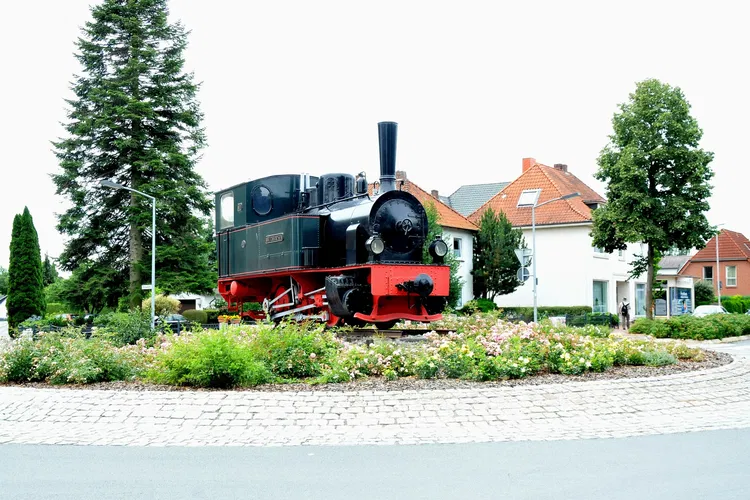
Deutscher Eisenbahn-Verein
Bruchhausen-VilsenThe Deutscher Eisenbahn-Verein e. V. (DEV) is a club based in Bruchhausen-Vilsen. Its primary goal is to preserve a small railway with all its facilities as a living open-air museum. This initiative provides a unique opportunity for visitors to experience the historical railway system in its original form.
Museum für Landtechnik und Landarbeit
BörryThe Museum für Landtechnik und Landarbeit, located in Börry in the municipality of Emmerthal in Lower Saxony, is an open-air museum that offers a unique glimpse into the past. It showcases historical agricultural machinery and former farming tools from the Hameln-Pyrmont district. This museum provides a fascinating insight into the evolution of farming and agricultural practices over the years.
Ammerländer Bauernhaus
Bad ZwischenahnThe Ammerländer Bauernhaus open-air museum is situated in the municipality of Bad Zwischenahn, in the Ammerland district of Lower Saxony. This location offers a unique cultural experience in a picturesque setting, making it an interesting destination for tourists.
Handwerksmuseum-Suhlendorf
Groß EllenbergThe Handwerksmuseum Suhlendorf, located in Suhlendorf, Lower Saxony, is a museum dedicated to the development and diversity of crafts in the Lüneburg Heath region. It provides a comprehensive overview of the evolution of various crafts, offering a unique insight into the region's rich cultural heritage.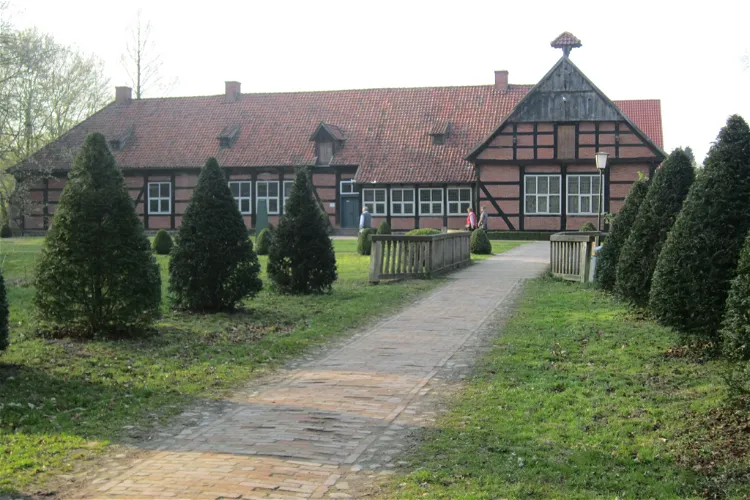
Museumsdorf Cloppenburg
CloppenburgMuseumsdorf Cloppenburg is an open-air museum situated in the German city of Cloppenburg. It is approximately 100 km northeast of the Dutch border in Twente, making it easily accessible for tourists from the Netherlands. The museum spans an impressive 20 hectares, providing ample space for exploration and discovery.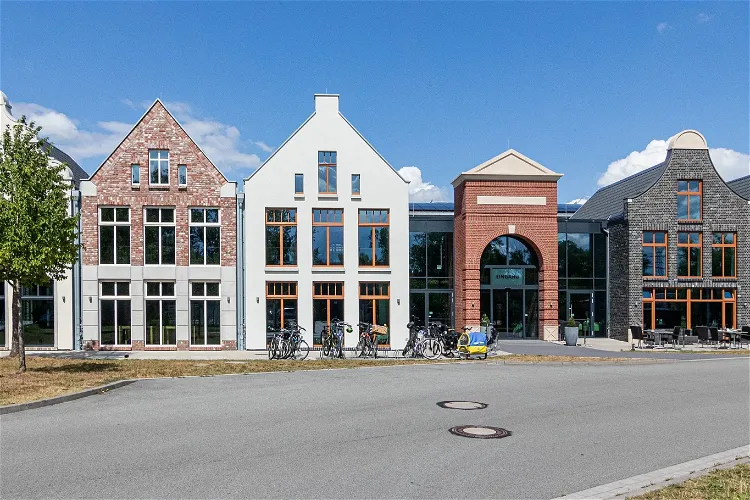
Leeraner Miniaturland
Landkreis LeerLeeraner Miniaturland is a model railway exhibition that spans an area of 1,100 m². It is situated in the western part of the city of Leer, in the region of Ostfriesland, Germany. The exhibition also includes outdoor areas for visitors to explore.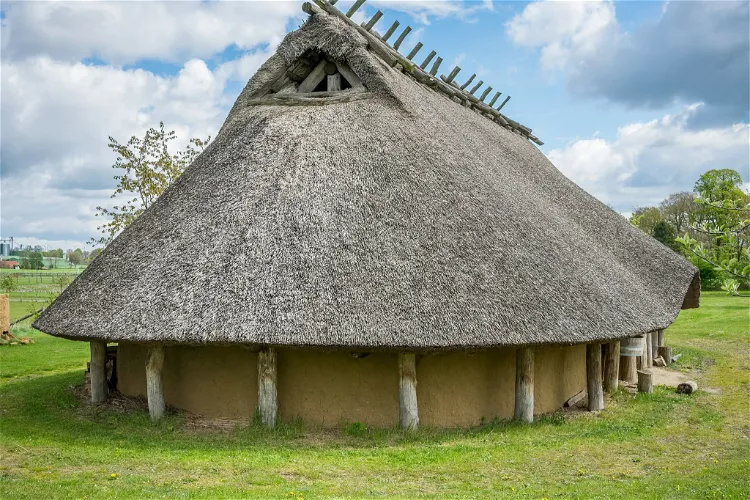
Eisenzeithaus Ostercappeln
OstercappelnThe Eisenzeithaus Darpvenne in Ostercappeln is a reconstructed Iron Age house, which was rebuilt in 2008 based on archaeological findings from the pre-Roman Iron Age. This reconstruction provides a unique insight into the living conditions of the people during this period, making it a fascinating destination for those interested in history and archaeology.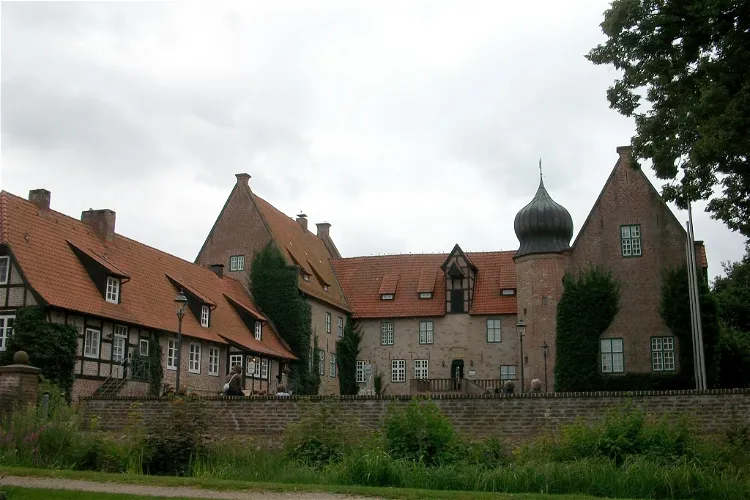
Museum Burg Bederkesa
GeestlandMuseum Burg Bederkesa is an archaeological and cultural history museum situated in Bad Bederkesa, a town in the district of Cuxhaven, Germany. The museum offers a deep dive into the rich history and culture of the region, making it an ideal destination for history enthusiasts and curious tourists alike.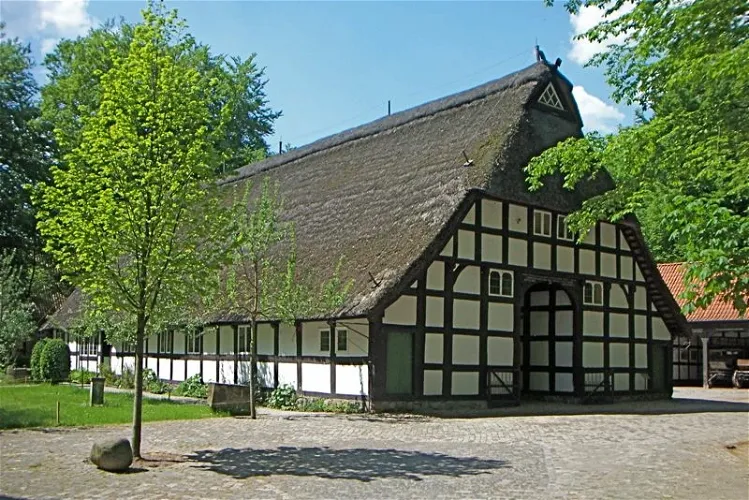
Kreismuseum Syke
SykeThe Kreismuseum Syke is a regional and open-air museum situated in the town of Syke. It is under the sponsorship of the Diepholz district. This museum is a significant cultural institution in the region, offering a wide range of exhibits and activities that provide insights into the local history and culture.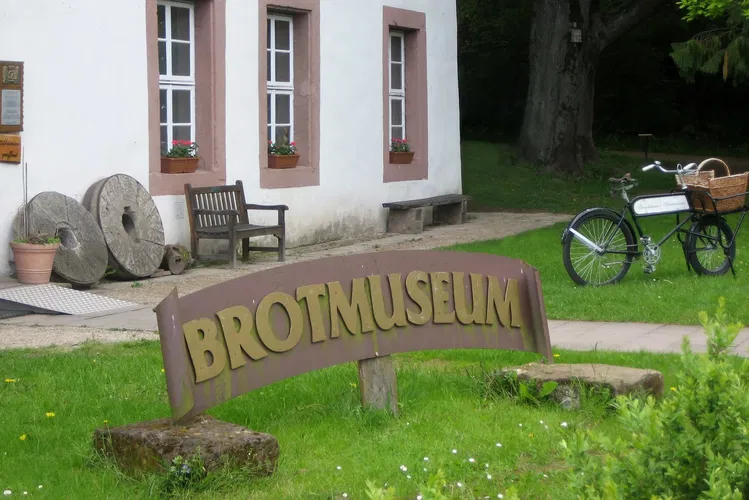
European Bread Museum
EbergötzenThe European Bread Museum in Ebergötzen is a unique institution that showcases a cultural-historical collection centered around the theme 'From Grain to Bread'. This museum provides an in-depth look into the history and significance of bread in various cultures, making it an interesting destination for those interested in food history and culture.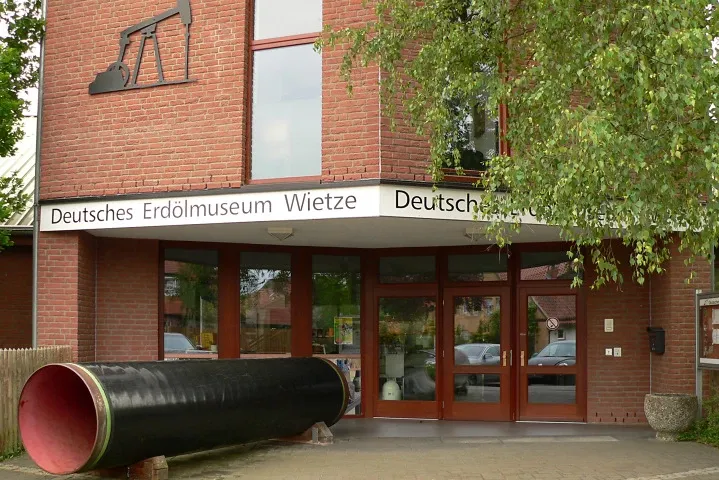
German Oil Museum
HornbostelThe German Oil Museum Wietze, situated in the municipality of Wietze, west of Celle in the district of Celle (Lower Saxony), is a significant site for those interested in the history and development of the oil industry. Established on part of the former Wietze oil field, the museum was opened in 1970 and offers a unique insight into the evolution of the oil industry in Germany.- 30
Dorfmuseum Ridderade
TwistringenRidderade is a quaint locale nestled in the Heiligenloh district of the city of Twistringen, situated in the Lower Saxony district of Diepholz. This geographical positioning offers visitors a unique opportunity to explore the rich history and culture of the region, while also enjoying the serene beauty of the Lower Saxony district.